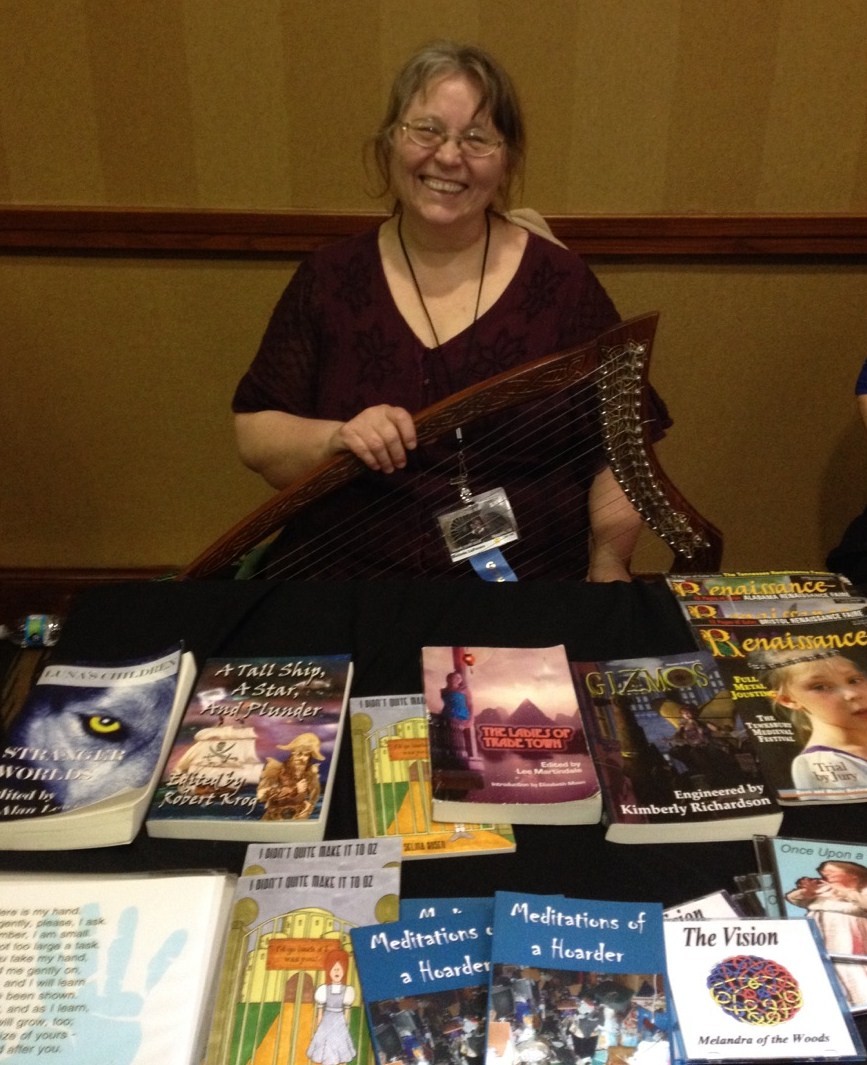
Imagine, for just a moment, a world without imagination. What would it look like? We would have no space shuttles, no sky scrapers, no X-ray machines. No planes, trains and automobiles. We would have no music, no movies, few, if any, books. Most forms of art would be non-existent. We might not have houses or running water, and we might even still be eating our meat raw.
It took someone with the creativity and imagination to think of all of those things – and then to figure out how to make the impossible come true. Imagination and creativity are the first requirements for any invention or discovery. Yet we seem to value those things less and less.
A recent study showed that America’s creativity quotient has steadily dropped since the 90s. The main speculation on why this is occurring is the “No Child Left Behind” program. Because school test performance was so closely tied to funding, for the last couple of generations teachers have been teaching “to the tests.” American students have only been taught how to memorize facts and take standardized tests. They have not been taught how to think or problem solve.
I read an article in the newspaper a few years back about a school in California. This school decided that any child who did not make a satisfactory score on the benchmark tests would only be allowed to take math and English courses the following year. No art, no music, no social studies (that wasn’t tested, so it wasn’t important) no P.E. – nothing but math and English, all day long. Can you imagine what that type of schedule would do to a child’s spirit?
But what is so important about creativity, anyway? Why should we encourage it? Sir Ken Robinson, a worldwide known expert in education, says:
There are two other concepts to keep in mind: imagination and innovation. Imagination is the root of creativity. It is the ability to bring to mind things that aren’t present to our senses. Creativity is putting your imagination to work. It is applied imagination. Innovation is putting new ideas into practice.
But so what? Isn’t it true that only certain people can be creative? Robinson says no, that is a myth. He believes that creativity can and should be encouraged, developed, and taught in our schools.
But why? Why should we bother trying to develop creativity and imagination? Sure, creativity might be good for inventors and artists, but what about the rest of us? Do we actually need it? One of type of creative fiction is science fiction. To use one author, Heinlein his stories were full of innovations that had not yet happened when he wrote about them. The cell phone, water bed, air dryers for hands and body, astrogation, auto cars (now being tested), microwavable food, waldos, artificial meat those are only a few of the innovations he put into his books that did not exist when he wrote about them, but do exist today. Creativity and imagination is necessary for innovation and invention.
That might be fine and dandy for the researchers and inventors. But what about your average person? Why would “Joe off the street” be interested in developing creativity in himself or his family? In 1958, researcher Paul Torrance gave nearly 400 Minneapolis children a series of activities designed to measure creativity quotient. For over 50 years, researchers tracked those students, their achievements and their life-time accomplishments. Those students who had showed the greatest creativity and imagination on the Torrance tests were the ones most likely to end up as business owners, doctors, authors, diplomats, etc. They were also the ones most likely to express satisfaction with their life. The data has recently been reviewed and re-analyzed. The correlation between lifetime accomplishment and satisfaction and childhood creative quotient was three times higher than it was for childhood intelligence quotient.
So, why do we need creativity? For innovation. For new discoveries. For new inventions, new ways of doing things, new art pieces, new music, new books, new science…We All of us we need creativity, imagination, innovation, to make us better people, with happier lives.
Imagine a world with no imagination. That is not a world I want to live in. I’d rather imagine a world full of creativity, wonder, and imagination. Go forth and imagine. Go forth and create!
References:
http://www.newsweek.com/creativity-crisis-74665
http://www.mondaymorningmemo.com/newsletters/college-isnt-for-everyone/
http://money.cnn.com/1997/02/03/busunu/creativity/
http://www.technovelgy.com/ct/AuthorTotalAlphaList.asp?AuNum=2&offset=160
Melinda LaFevers is a creative, imaginative, renaissance woman with a wide variety of interests. She is a substitute teacher, an Arkansas A+ Fellow, and a writer. She is also on the Arkansas Arts in Education residency artist roster with two programs, Life in a Castle and Life in a Log Cabin that she presents in schools around the state. She has speculative fiction stories in several anthologies, writes a regular column on herbs for The Renaissance Magazine, and her first non-fiction book, Meditations of a Hoarder, was released last June. She likes to imagine the day that her house is completely organized. More of her writings may be read at https://melindalafevers.wordpress.com/ and https://hoardinglife.wordpress.com/
